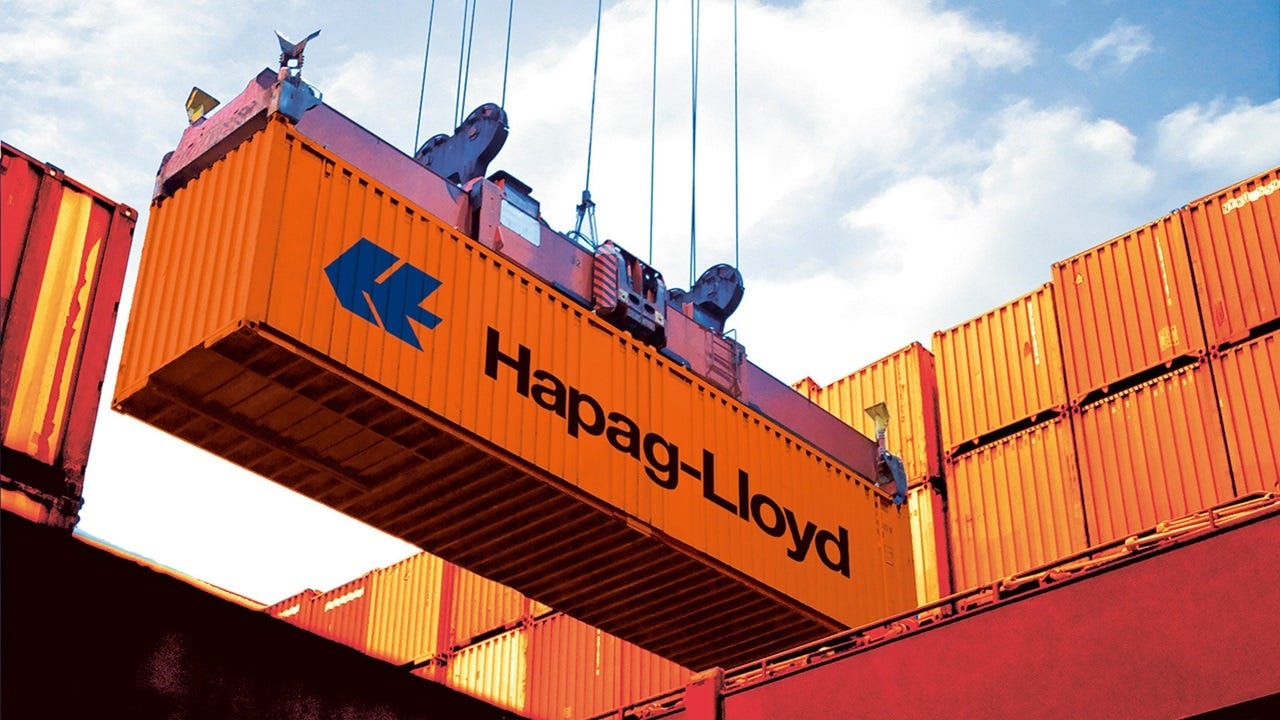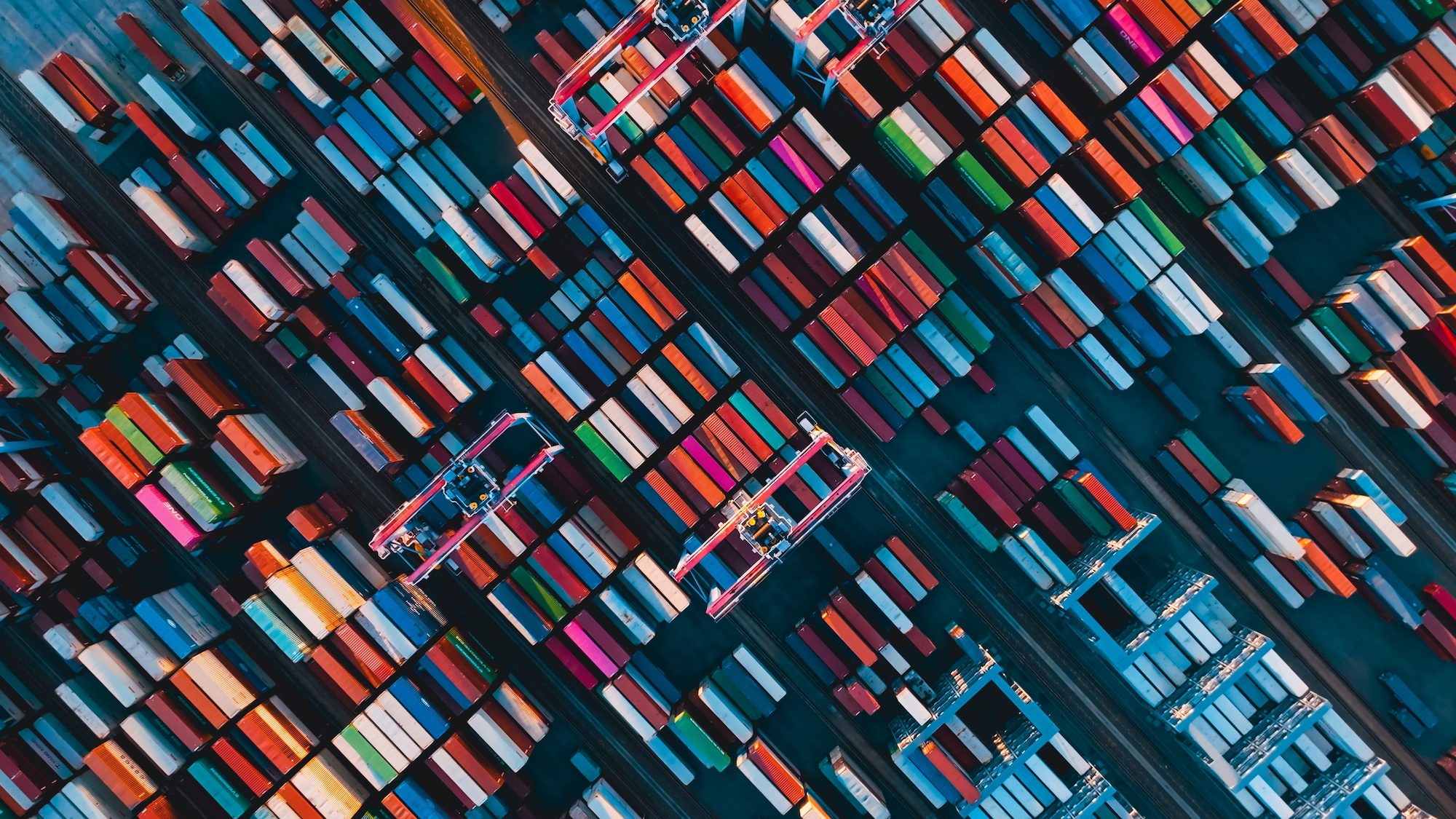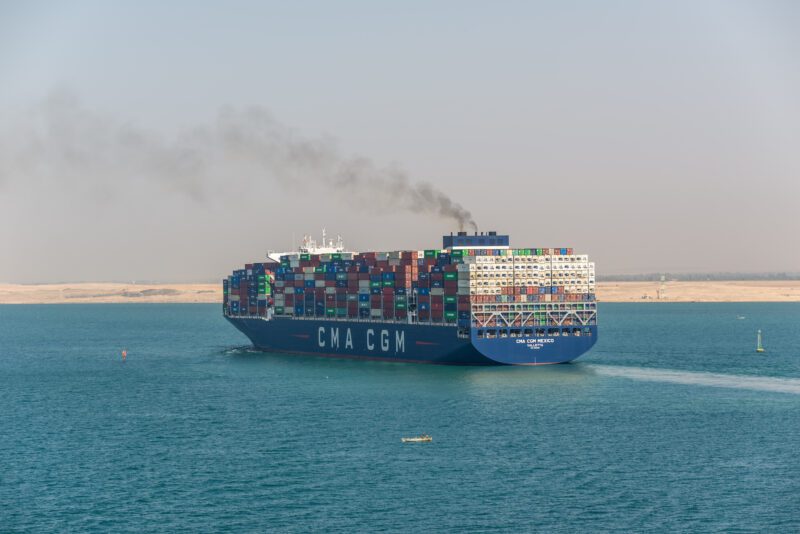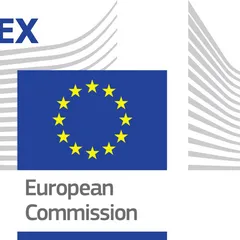CHINA’S RETALIATORY PORT FEES ADD FRESH CHAOS TO GLOBAL SHIPPING
Over the weekend, a number of ships bound for China turned around following Friday’s retaliatory measure from Beijing against American-linked tonnage.
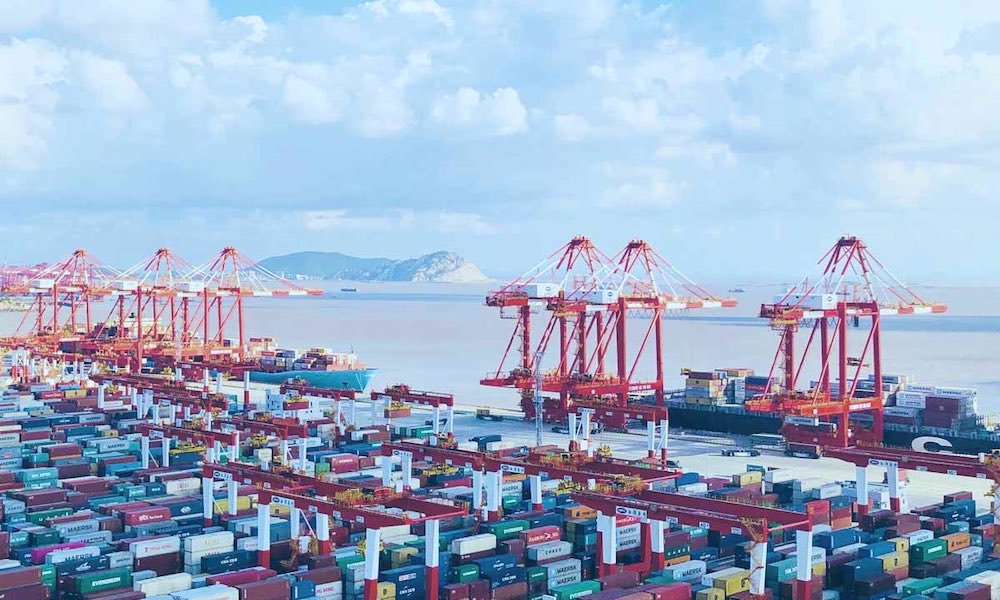
Over the weekend, a number of ships bound for China turned around following Friday’s retaliatory measure from Beijing against American-linked tonnage.
Starting tomorrow to coincide with the US plans to charge Chinese tonnage increased port fees, China will demand an extra RMB400 ($56) per net ton for US-built, operated, flagged – or even listed – ships, something that adds further significant complexity and uncertainty for shipping.
While the number of US-flagged ships and US-based companies is very modest, the number of affected ships becomes meaningful when US-listed players are included. Most affected, according to Jefferies, are crude tankers (16% of global fleet affected), LPG (14%), product tankers (13%), and containerships (11%), figures that the investment bank says are high enough to create sizeable disruption.
In line with US plans to increase port fees in the coming years, the initial RMB400 per net ton levied by Beijing will rise each year through to 2028, when it will stand at RMB1,120.
The China Shipowners Association (CSA) has condemned US actions as violations of World Trade Organization non-discrimination principles and examples of “US hegemonic practices.” The CSA described Beijing’s response as a vital legal weapon to defend fair competition, safeguard maritime security, and uphold global trade order—warning that Washington’s unilateralism “will only lift a stone to drop it on its own foot.”
“The market impact could be substantial, depending on how the new rules are implemented,” broker Arrow suggested in a new report.
With just a few days left before the effective date, Arrow said it is highly unlikely that all necessary systems and procedures will be in place to ensure smooth administration.
“In the absence of clear instructions, delays are almost inevitable as port authorities may slow down processing to verify ownership details and/or to avoid liability for incorrect declarations,” Arrow suggested.
“Will all of this survive beyond Tuesday?” Dr Roar Adland, head of research at broker SSY, mused on LinkedIn, adding: “We do not know, but our overall position is that we will see more of this bifurcation of global trade and, with it, the shipping industry.”
Meanwhile, the Trump administration has made some last-minute tweaks to its own port fees plan, revising the basis for calculating service fees on vessel operators of foreign-built vehicle carriers, tripling the costs, while easing restrictions that would be imposed on export licenses for LNG cargoes if non-US-built vessels are deployed.
The US Trade Representative also said Friday it would impose tariffs of 100% on ship-to-shore cranes and intermodal chassis and parts, a move that targets Chinese-made port equipment.
Broader uncertainty around US-China relations also continues, with tensions around Chinese rare earth export controls spurring renewed US threats to increase tariff levels on all imports from China to 100%.
Sam Chambers

